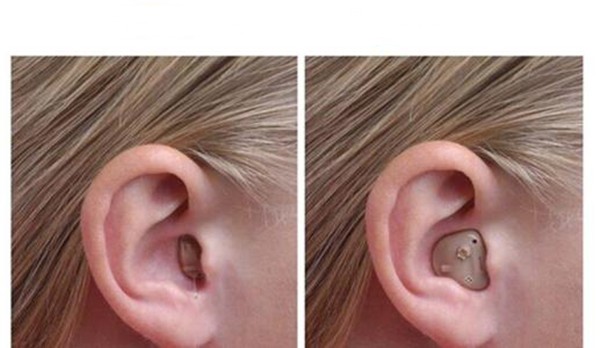To understand the external auditory canal to wear a hearing aid
Hearing-impaired elderly people are not “almost done” with hearing aids. If the wearing method is not accurate, the effect of the hearing aids will not be very good.
In order for hearing aids to fit the ear well, the elderly must first understand the characteristics of their external auditory canal. The external ear canal of the elderly generally has a certain degree of cartilage collapse, and the skin is slack. Therefore, when the hearing aid enters the ear canal, the front end of the ear mold or earplug must be tilted more upward to be inserted in the direction of the ear canal. It is best to shake it slightly up and down to make it easier to find the ear canal. After plugging, gently relax the loose skin of the ear canal, otherwise deep ear canal hearing aids or soft earplugs will slide out with the loose skin and produce noise.
If an elderly person is not familiar with the characteristics of the ear canal, when wearing a hearing aid, the earplugs or ear molds can be moved around the mouth of the ear canal to find the direction. It is easy to insert the ear tube into the sound tube, resulting in the hearing aid being silent. There are also some elderly people who are not wearing properly or are allergic to ear molds and earplugs, which leads to increased nagging, which increases the risk of blocking the sound hole.
Some deaf seniors are afraid that they will become dependent on hearing aids. In fact, wearing hearing aids often protects existing hearing and speech recognition rates. Hearing loss does not stop because of wearing hearing aids. Appropriate fitting can make the hearing organs and cerebral cortex be reasonably stimulated and delay the decline.
Hearing impaired people start hearing rehabilitation from the first day they wear hearing aids. Therefore, daily hearing rehabilitation exercises should be carried out step by step. Hearing management and hearing comprehension training with family members under the guidance of professionals will gradually improve listening skills in different environments.

category
